The Palace of Illusions
Taking us back to a time that is half history, half myth and wholly magical, bestselling author Chitra Banerjee Divakaruni gives voice to Panchaali, the fire-born heroine of the Mahabharata, as she weaves a vibrant retelling of an ancient epic saga.
Married to five royal husbands who have been cheated out of their father's kingdom, Panchaali aids their quest to reclaim their birthright, remaining at their side through years of exile and a terrible civil war. But she cannot deny her complicated friendship with the enigmatic Krishna—or her secret attraction to the mysterious man who is her husbands' most dangerous enemy—as she is caught up in the ever-manipulating hands of fate.
More info →Shantaram: A Novel
"It took me a long time and most of the world to learn what I know about love and fate and the choices we make, but the heart of it came to me in an instant, while I was chained to a wall and being tortured."
More info →India: A History
Fully revised with forty thousand new words that take the reader up to present-day India, John Keay’s India: A History spans five millennia in a sweeping narrative that tells the story of the peoples of the subcontinent, from their ancient beginnings in the valley of the Indus to the events in the region today. In charting the evolution of the rich tapestry of cultures, religions, and peoples that comprise the modern nations of Pakistan, India, and Bangladesh, Keay weaves together insights from a variety of scholarly fields to create a rich historical narrative. Wide-ranging and authoritative, India: A History is a compelling epic portrait of one of the world’s oldest and most richly diverse civilizations.
More info →Wanderlust and Lipstick: For Women Traveling to India
The definitive guide to help any woman traveling to India, this resource includes practical advice on understanding the culture and dressing appropriately, tips on keeping personal belongings safe, recommendations on dealing with the immense poverty, and suggestions on where to stay and how to get around. It also includes listings for more than 60 essential websites, a glossary of Hindi words, and advice from more than 35 women who have traveled abroad.
More info →Banares: City of Light
This is the acclaimed study and interpretation of Banaras, the holy place of the Hindus.
More info →Lonely Planet India 2024
Lonely Planet India is your passport to all the most relevant and up-to-date advice on what to see, what to skip, and what hidden discoveries await you. Admire the perfect symmetry of the Taj Mahal, ride a camel through the moonlit desert or cruise the lush backwaters of Kerala; all with your trusted travel companion. Get to the heart of India and begin your journey now!
More info →The Jungle Book
The Jungle Book (1894) is a collection of stories by English author Rudyard Kipling. The stories were first published in magazines in 1893–94. The original publications contain illustrations, some by Rudyard's father, John Lockwood Kipling. Kipling was born in India and spent the first six years of his childhood there. After about ten years in England, he went back to India and worked there for about six-and-a-half years. These stories were written when Kipling lived in Vermont. There is evidence that it was written for his daughter Josephine, who died in 1899 aged six, after a rare first edition of the book with a poignant handwritten note by the author to his young daughter was discovered at the National Trust's Wimpole Hall in Cambridgeshire in 2010. The tales in the book (and also those in The Second Jungle Book which followed in 1895, and which includes five further stories about Mowgli) are fables, using animals in an anthropomorphic manner to give moral lessons. The verses of The Law of the Jungle, for example, lay down rules for the safety of individuals, families and communities. Kipling put in them nearly everything he knew or "heard or dreamed about the Indian jungle." Other readers have interpreted the work as allegories of the politics and society of the time. The best-known of them are the three stories revolving around the adventures of an abandoned "man cub" Mowgli who is raised by wolves in the Indian jungle. The most famous of the other stories are probably "Rikki-Tikki-Tavi", the story of a heroic mongoose, and "Toomai of the Elephants", the tale of a young elephant-handler. As with much of Kipling's work, each of the stories is preceded by a piece of verse, and succeeded by another.
More info →Ananda Math
One of the most popular Indian novels of all ages, 'Ananda Math' was translated innumerable times into Indian and English languages. Five editions were published in Bengali and Hindi during the author's lifetime, the first in 1882. The novel has the backdrop of the 18th century famine in Bengal, infamous as "Chhiyattorer Manvantar" (famine of 76th Bengali year, 1276), to narrate the saga of armed uprising of the ascetics and their disciples against the pillaging East India Company rulers. The uprising is historically known as 'Santan Vidroha', the ascetics being the children of Goddess Jagadambe.
More info →Freedom at Midnight
The electrifying story of India's struggle for independence, told in this classic account (first published in 1975) by two fine journalists who conducted hundreds of interviews with nearly all the surviving participants - from Mountbatten to the assassins of Mahatma Gandhi.
More info →The God of Small Things
Offers such magic, mystery and sadness that, literally this reader turned the last page and decided to reread it. Immediately. It's that hauntingly powerful.
More info →My Land and My People: The Original Autobiography of His Holiness the Dalai Lama of Tibet
Schooled behind ancient palace walls to become the leader of Tibet, the Dalai Lama has become a spiritual leader to the world and a leading civil rights advocate. My Land and My People tells the story of his life.
More info →Seven Years in Tibet
The astonishing adventure classic about life in Tibet just before the Chinese Communist takeover is now repackaged for a new generation of readers.
In this vivid memoir that has sold millions of copies worldwide, Heinrich Harrer recounts his adventures as one of the first Europeans ever to enter Tibet and encounter the Dalai Lama.
More info →


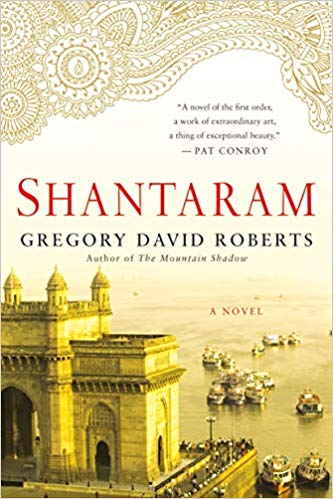
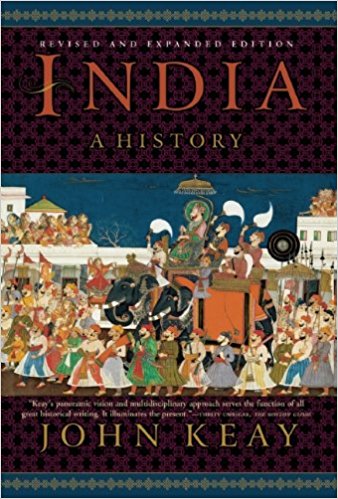
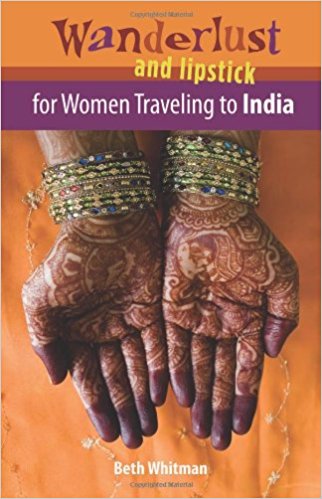
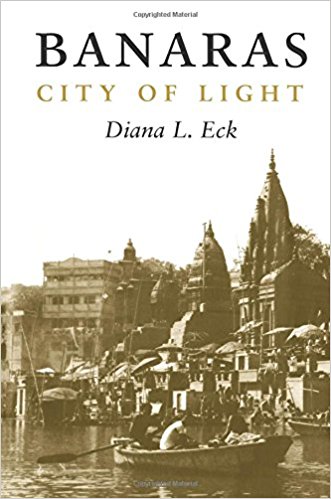
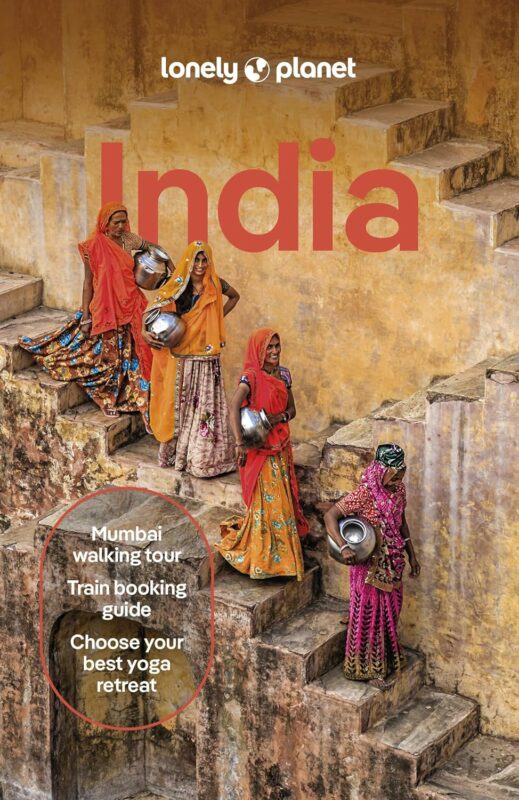
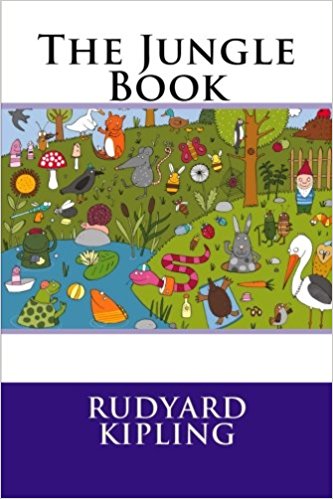
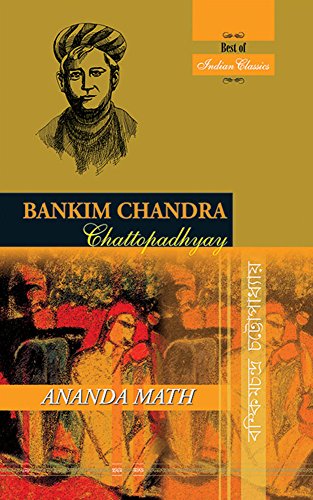
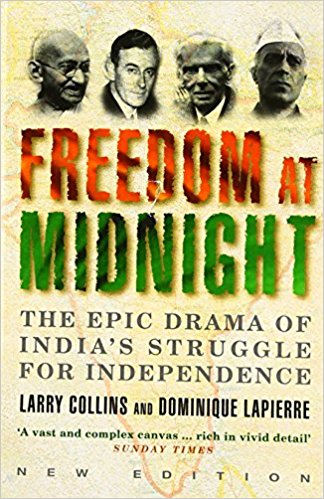

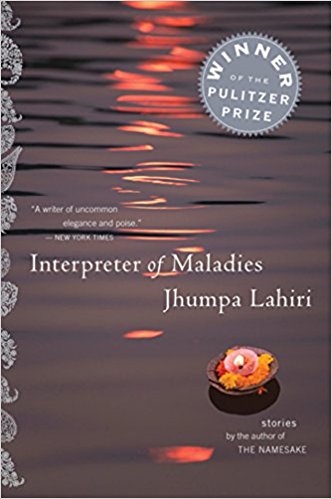
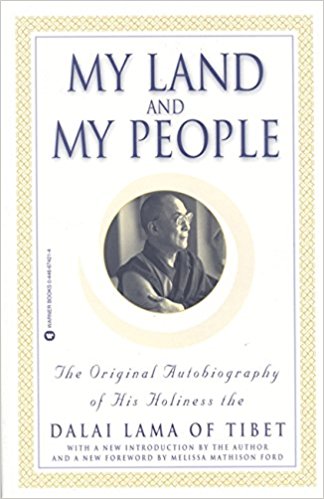
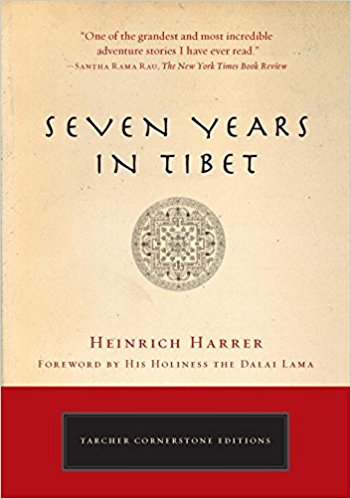
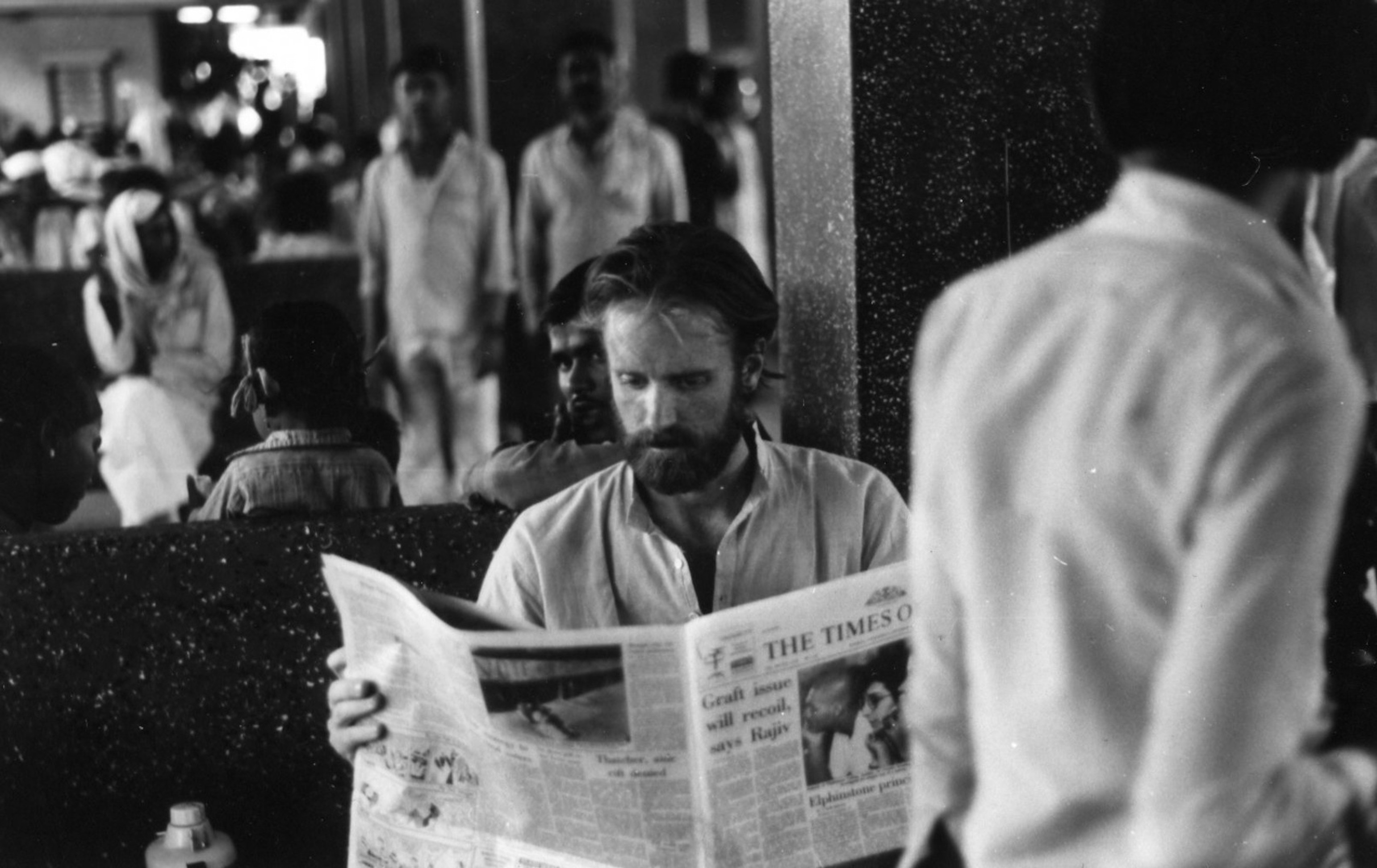


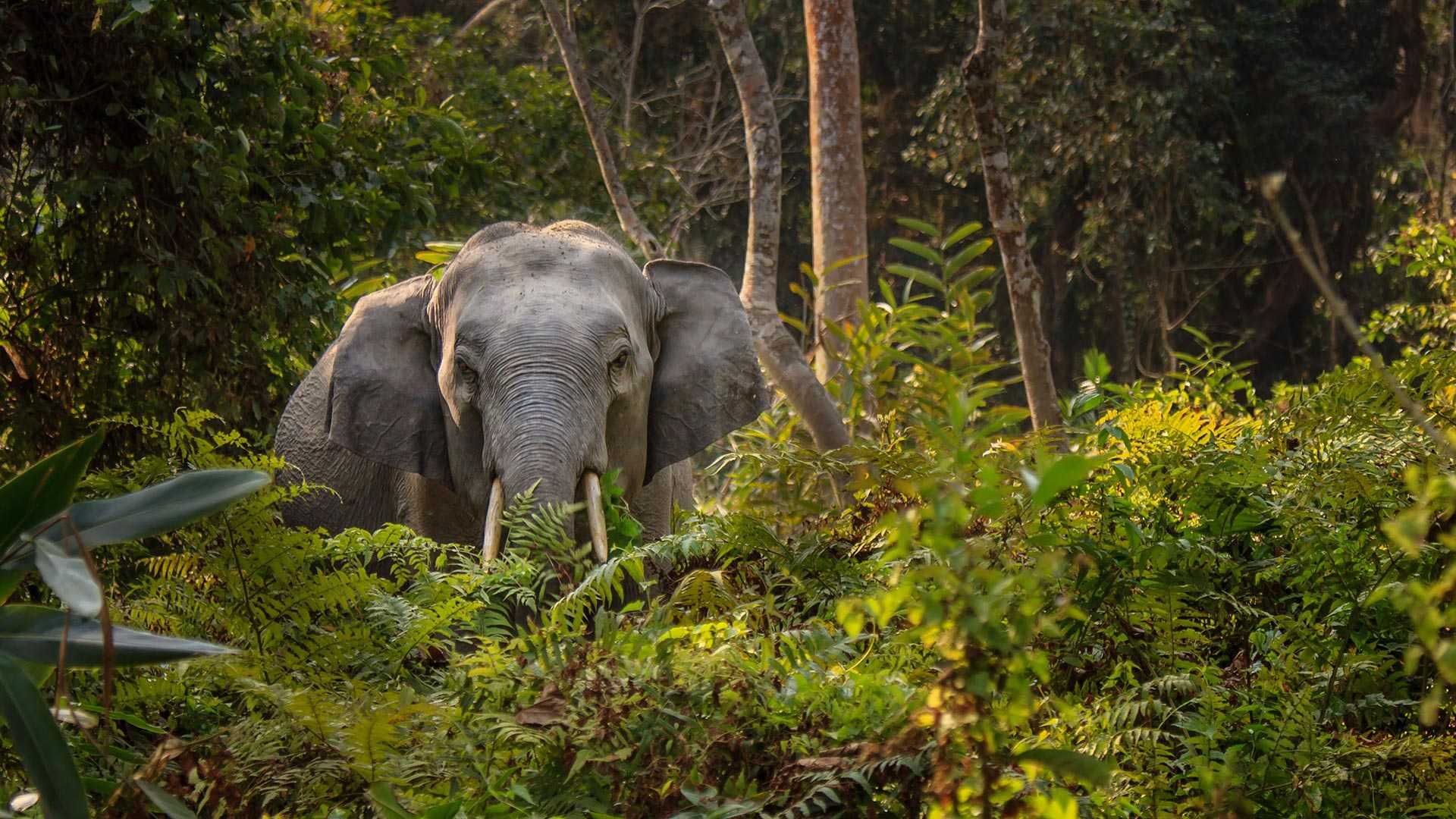

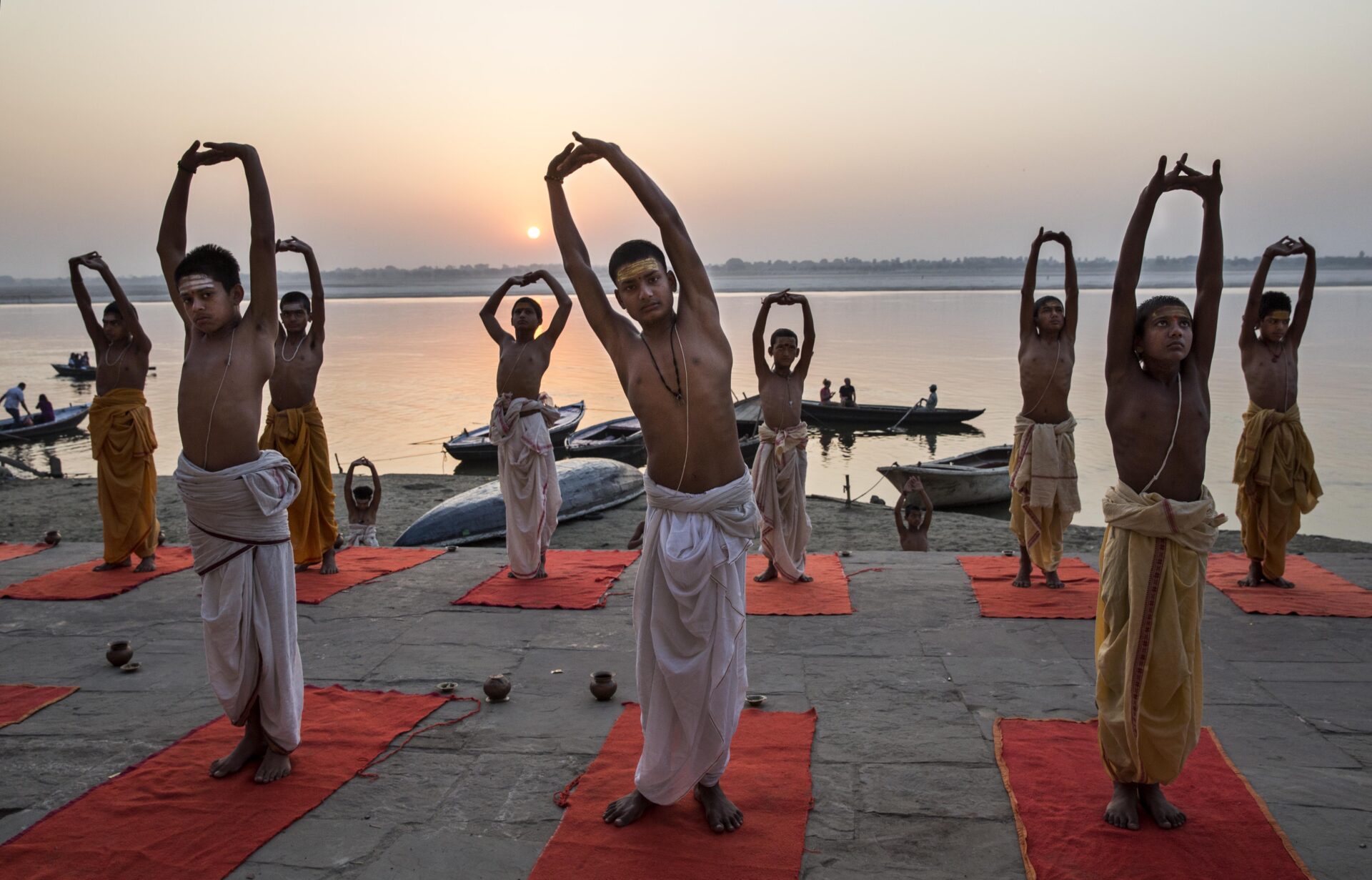






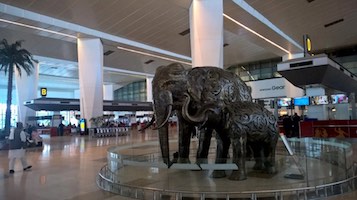




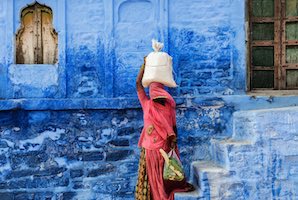





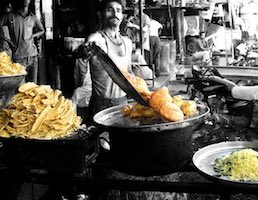
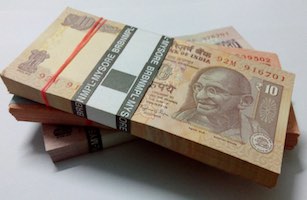
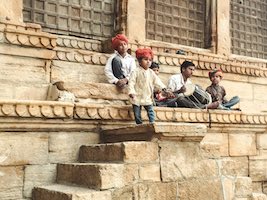



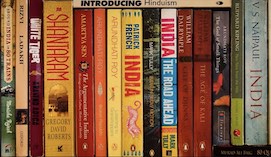
 Sevanti Institute
Sevanti Institute Sevanti Wellness
Sevanti Wellness